Backpack for children "Randoseru"
Randoseru is Japanese original culture!
Randoseru is a backpack for elementary school student in Japan. It is derived from ransel in Dutch which means knapsack or backpack in English. A ransel had been used for military at first.
Gakushuin opened in 1877 is the first elementary school to have introduced a randoseru. Students of this school wore school uniforms because the philosophy of this school was that students were all equal in the school without home environment.
However, students of this school went to school by various ways, cab, horse, ricksha and on foot. The principal and teachers of this school decided that students must go to school with own school supplies on foot through the philosophy. They also decided that students must use a ransel because students could both hands freely during walking.
A ransel at that time was similar to a knapsack, it became randoseru whose shape was square box style in 1887. Hirobumi Ito who was the first prime minister of Japan presented this shape randoseru to Emperor Taisho when he entered Gakushuin elementary school. Gakushuin decided randoresu was made from black leather, and its size after that.
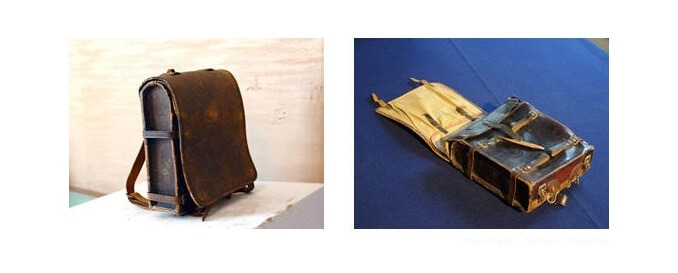
A randoseru became popular among upper-class family in Tokyo. However, the middle-class family did not buy a randoseru but bag made from fabric or Japanese wrapping cloth called Furoshiki because a leather was expensive then.
When the price of leather soared in WW2, not only middle-class family but also upper-class family did not buy randoseru. A randoseru made from bamboo appeared then. In 1950s, a randoseru began to be popular all over the Japan since Japan was entering a period of rapid economic growth.
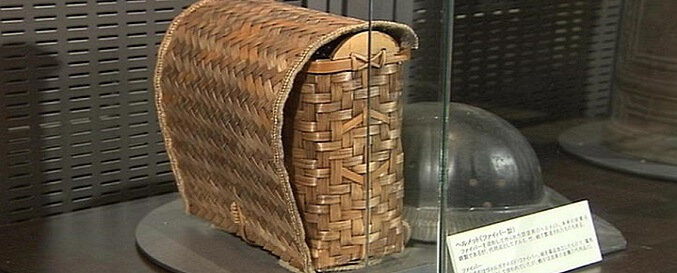
Most randoserus were black or red until 1990s though there are many color randoseru now. It was difficult to dye cowhide brightly without black and red. Many color randoserus appeared with progressing dyeing technology and artificial leather from 2000s. It is said that many color randoseru spread since AEON which was the largest retailer in Japan sold 24 colors randoseru in 2001.
However, 70% of schoolboy choose black one in the report of Japan Randoseru Association from 2018 to 2020. On the other hand, each 20% of schoolgirl choose red, pink or purple one in the same report.
In addition, some schoolchildren use designated randoserus in their schools. One of the their randoserus are balck or brown color with their school emblem. It is often the case that their schools are prestige schools. In some areas, local governments specified a randoseru which is in-between backpack(knapsack) and randoseru. These are called ran-ryuku or knap-rand, and are at least 20,000yen (about 200 dollars) cheaper than standard randoseru. The local governments decided that for poor family because the price of standard randoseru is from 30,000yen to 60,000yen.
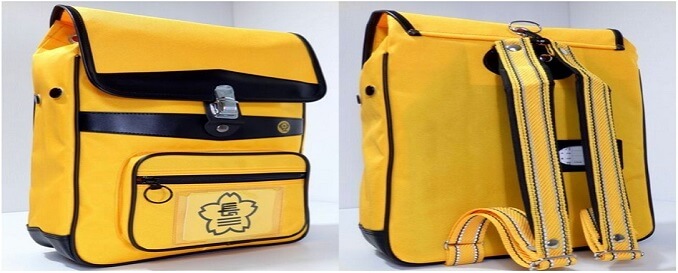
In different areas in Japan, Ran-Katsu (Randoseru Katsudo) which means randoseru hunting heats up now. Most family bought a randoseru in March, a month before entering elementary school, until 2010s. Many families begin to look for the best randoseru in summer, and buy a randoseru unitl October, six months before entering elementary school, nowadays.
Some of them could not buy a randoseru they wanted at first after they went that far. Especially, handmade randoserus called Kobo-kei in Japanese sold out until August every year. These are made by craftsman with taking six months. The price of them is over 100,000yen (about 1,000dollars) since they are made from cowskin or horsehide.
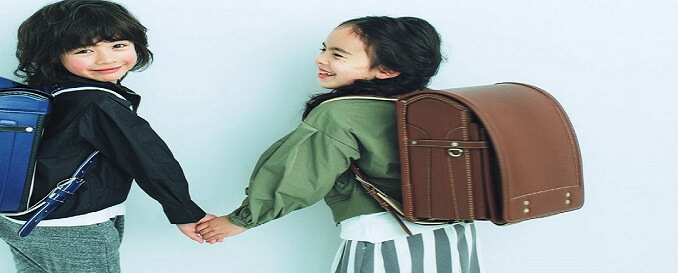
By the way, it became a topic that celebrities have a randoseru as a fashion, Tomoe Shinohara who is Japanese celebrity, Zooey Deschanel who is U.S celebrity and more. However, most Japanese think a randoseru is for schoolchildren even now. Some Japanese put their children's randoseru as interior after miniaturing.
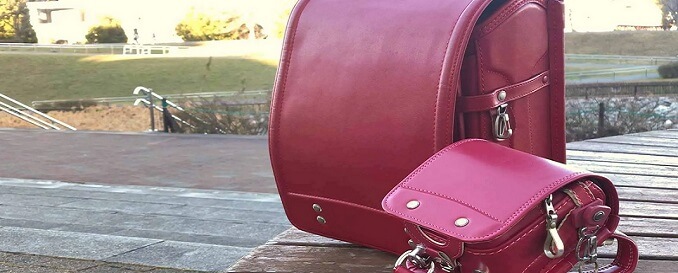
These miniature randoseru are popular among foreigners visiting Japan as a souvenir because it is Japanese original culture.
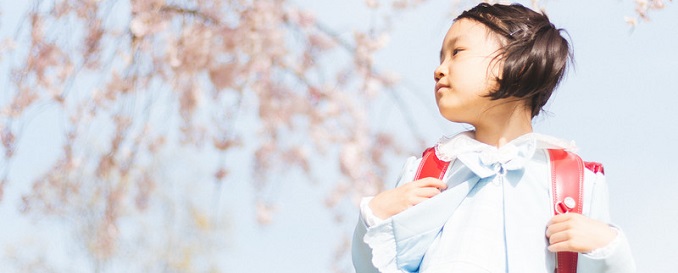
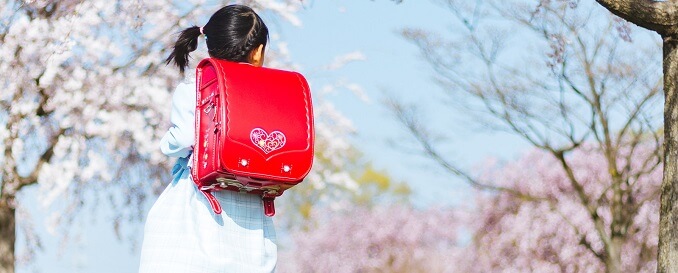
 Opening Lake
Opening Lake April Fool's day
April Fool's day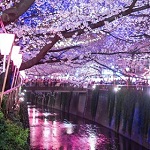 Hanami
Hanami Baseball
Baseball